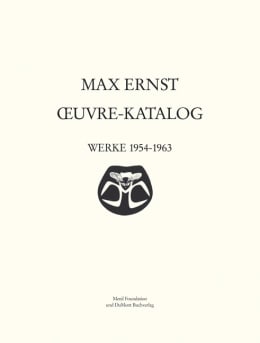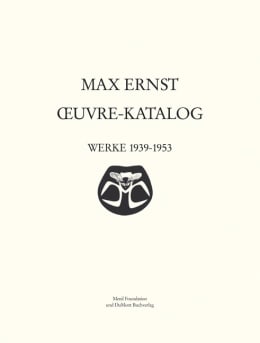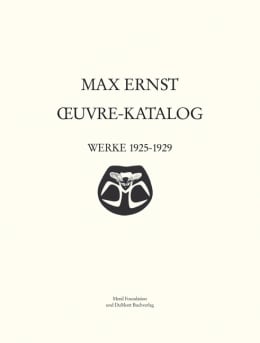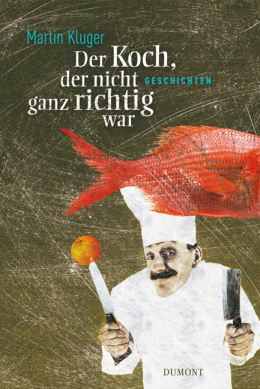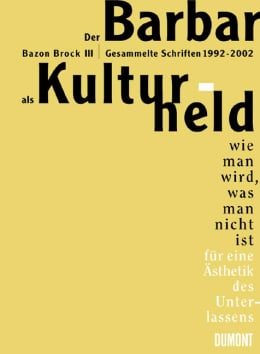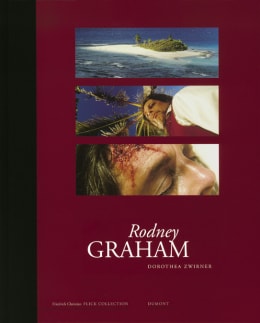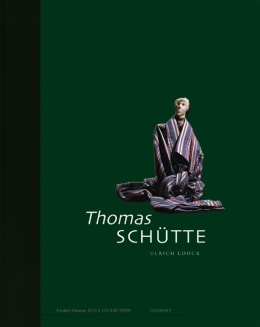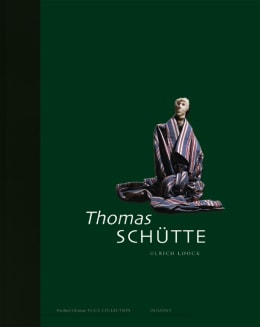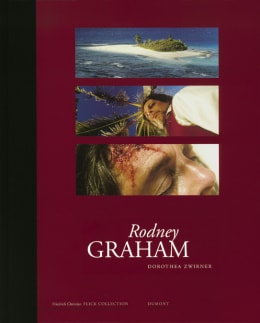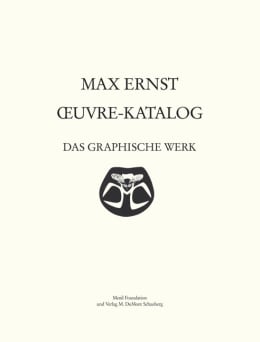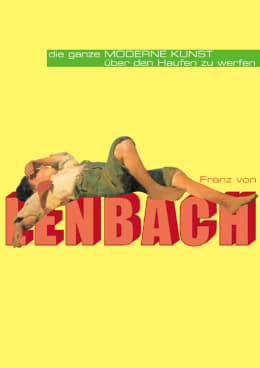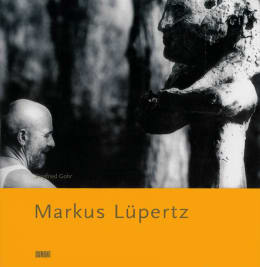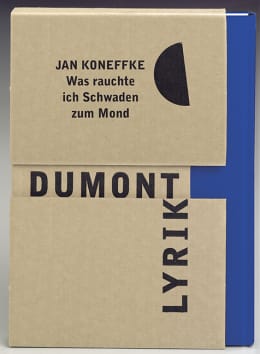

Despite his early death, Jason Rhoades (1965–2007) left behind a prolific sculptural oeuvre. For the first time, Eva Meyer-Hermann chronologically traces the total development and provides exemplary interpretations of this seemingly inextricable work comprising installations that fill entire halls.
The texts override every conclusive historical codification which the artist himself always avoided by means of a deliberate “double” view of the facts.
Jason Rhoades’ work has its origins in the late nineteen eighties and early nineteen nineties when he studied at the University of California in Los Angeles under Richard Jackson and Paul McCarthy. This was a time when the Southern Californian performance scene began to open itself up to exhibition events and the art market in New York and Europe. Rhoades included performative elements in his spatial installations and developed his own thematic cycles of works from it. His sculptural language is trained on elements of mass culture and evolved metaphors by means of great physical exursions which – in their temporality and singularity – signify the unfulfilled desires for spiritual insight.
- First monograph of the oeuvre in German and English
- The author is a recognized authority on Rhoades’ work
- Extraordinary collectable series of monographs
Jason Rhoades
Born 1965 in California, first attended the California College of Arts and Crafts (CCAC) in Oak-land (1985–1986), the San Francisco Art Institute (SFAI) (1986–1988), the Skowhegan School of Painting and Sculpture in Skowhegan (1988) and studied under Paul McCarthy at UCLA (1991–1993), among others. 1999 “Perfect World” at the Hamburger Deichtorhallen. 2001 guest professor at the Städelschule in Frankfurt a. M. Exhibition of the “Costner Complex” at the Portikus in Frankfurt a. M. In 2007, Rhoades died of heart failure in Los Angeles, leaving his wife, the artist Rachel Khedoori, and his daughter.
Quote
“My work has always been concerned with juggling the impossible.”
The texts override every conclusive historical codification which the artist himself always avoided by means of a deliberate “double” view of the facts.
Jason Rhoades’ work has its origins in the late nineteen eighties and early nineteen nineties when he studied at the University of California in Los Angeles under Richard Jackson and Paul McCarthy. This was a time when the Southern Californian performance scene began to open itself up to exhibition events and the art market in New York and Europe. Rhoades included performative elements in his spatial installations and developed his own thematic cycles of works from it. His sculptural language is trained on elements of mass culture and evolved metaphors by means of great physical exursions which – in their temporality and singularity – signify the unfulfilled desires for spiritual insight.
- First monograph of the oeuvre in German and English
- The author is a recognized authority on Rhoades’ work
- Extraordinary collectable series of monographs
Jason Rhoades
Born 1965 in California, first attended the California College of Arts and Crafts (CCAC) in Oak-land (1985–1986), the San Francisco Art Institute (SFAI) (1986–1988), the Skowhegan School of Painting and Sculpture in Skowhegan (1988) and studied under Paul McCarthy at UCLA (1991–1993), among others. 1999 “Perfect World” at the Hamburger Deichtorhallen. 2001 guest professor at the Städelschule in Frankfurt a. M. Exhibition of the “Costner Complex” at the Portikus in Frankfurt a. M. In 2007, Rhoades died of heart failure in Los Angeles, leaving his wife, the artist Rachel Khedoori, and his daughter.
Quote
“My work has always been concerned with juggling the impossible.”
Bibliografie
Seiten:
224
Erscheinungstag:
2009-09-24T00:00:00Z
ISBN:
978-3-8321-9196-2
Ausstattung:
Leinen, 52 Abbildungen s/w, 196 farbige Abbildungen
Abmessungen:
230 mm x 285 mm
Produktsicherheit:
Mehr anzeigen
DuMont Buchverlag GmbH & Co. KG
Amsterdamer Straße 192
50735 Köln
herstellung@dumont.de
Amsterdamer Straße 192
50735 Köln
herstellung@dumont.de
Sicherheitshinweis entsprechend Art. 9 Abs. 7 S. 2 der GPSR entbehrlich.

